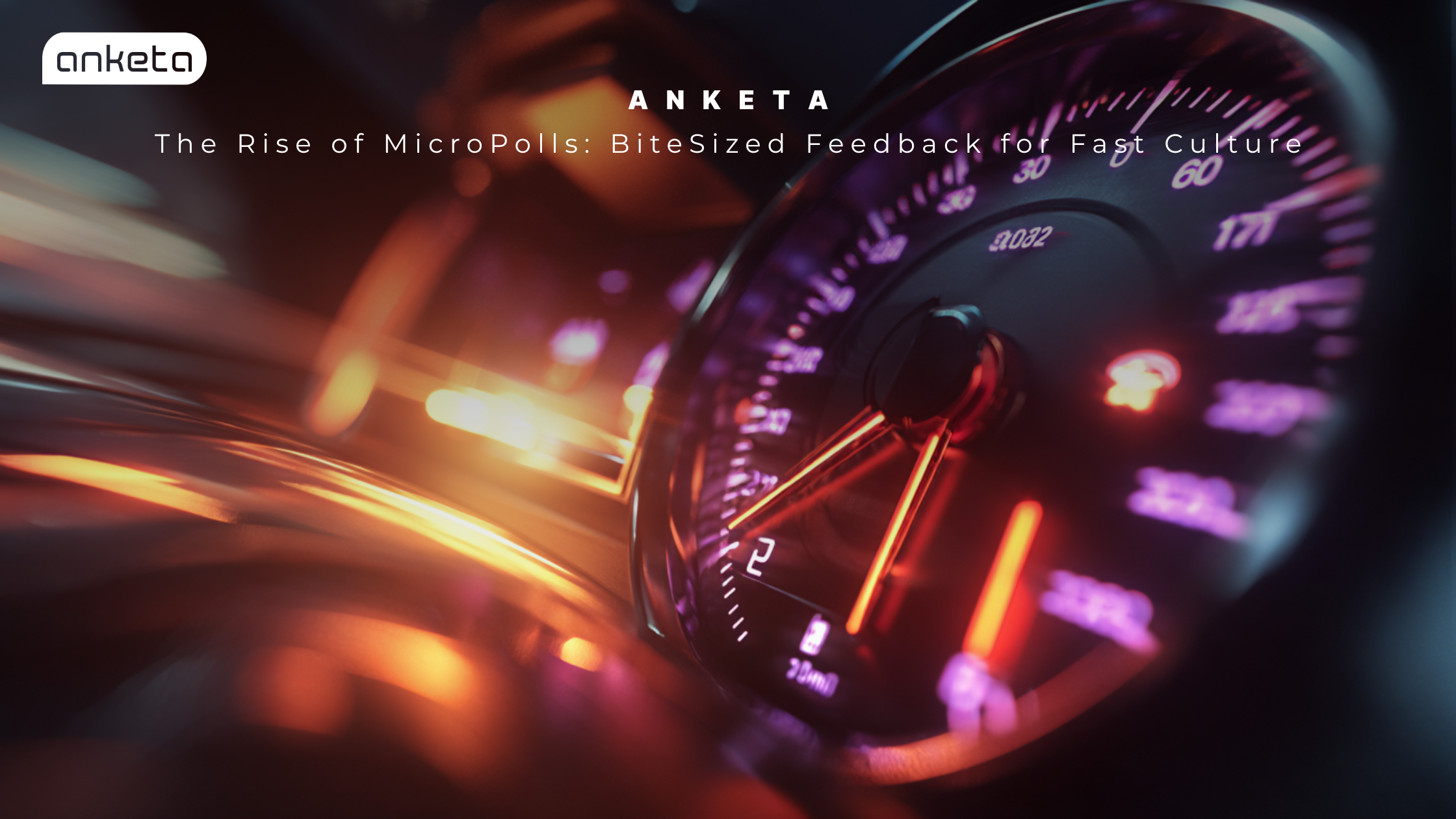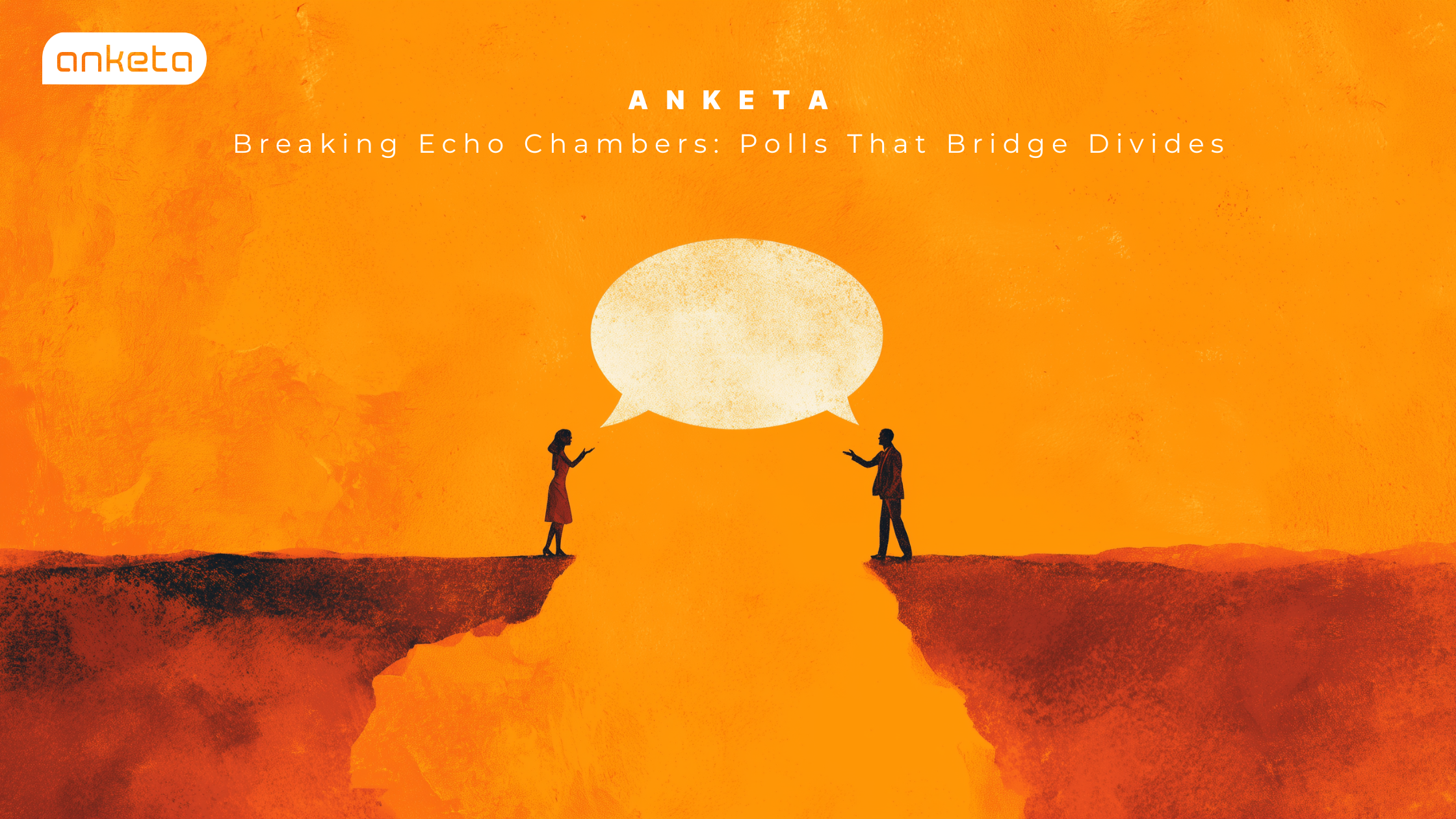In a world where attention spans are shrinking, trends move at lightning speed, and social media rewards fast scrolling, there’s a feedback format that feels increasingly native to our culture: the micropoll. As we all compete for engagement, understanding, and meaningful connection, micropolls are quietly emerging as powerful tools. Let’s explore why they’re gaining traction, what psychological mechanisms are at play, some examples from pop culture and social media, and what the tradeoffs are.
Why MicroPolls Are Gaining Traction
Micropolls are short, lightweight, and easy to engage with. They align well with modern consumption habits: quick interactions, low friction, instant gratification.
Some of the drivers include:
Shrinking attention spans
As digital content floods feeds (videos, reels, stories, etc.), people are less willing to pause for long forms or long surveys. Content that demands minimal effort tends to get more engagement.
Mobile/alwayson usage
Many people access social or community platforms via phone, often in situations where long text or multiple steps are inconvenient (commutes, in between tasks, etc.).
Immediate feedback loop
When you vote in a onequestion poll, you often see results almost immediately. That immediacy gives a sense of being heard, of participating in something real right away.
Social features/gamified feel
When you can see how many others have voted and how, they become social signals. There’s also FOMO (fear of missing out) and a desire to be part of something happening now.
Examples in Pop Culture & Social Media
Here are some realworld ways micropolls are showing up, and how they’re being used:
Instagram Stories/“This or That”
Brands, influencers, and media pages often use these polls to spark quick engagement. Example: choosing between two cosmetic looks, food vs. travel preference, etc. These often don’t carry deep metrics benefits, but they drive interaction, keep audiences tuned in, and sometimes help brands learn about preference direction.
Twitter/X Polls
Onequestion polls asking something like “Which feature should we build next?” or “Do you like Option A or B?” are used by tech companies, media outlets, and content creators to get quick direction.
ANKETA
Users can make their own polls in a variety of easy-answer types, including multiple choice and this-or-that. Users may create questions for fun, or entities might ask to derive value and insight on products, industry sentiment, and more.
Content Creators
“Which topic should I cover next? Do you prefer longform or short videos?” These are often onequestion polls, embedded in stories or posts.
Pros of MicroPolls
Micropolls are useful, but not perfect. Let’s look at strengths and limitations.
- High participation and engagement: Because they are fast and simple, far more people will respond.
- Fast feedback and iteration: Useful for quickly gauging public mood, testing ideas, or making small decisions (like whether you should get pineapple or mushrooms on your pizza!).
- Community-building: When people are able to ask anything they want, they can quickly grow into a larger community of active participants.
- Freedom: Anyone using a micro-poll platform like ANKETA can make any poll they want! This allows for diverse questioning from a variety of groups and interests, and people feel heard when their specific, niche question receives engagement. People are much less likely to respond to lengthy polls and surveys in this way.
Why MicroPolls Matter in Today’s Culture
In a fastmoving digital culture, micropolls fit the rhythm. They allow communities, brands, and platforms to stay in conversation, adapt quickly, and share voices in small but frequent ways. They lower the barrier to participation, which can help draw in people who might avoid longer, more demanding feedback mechanisms.
Moreover, for trendspotting, when something new, weird, or emergent is bubbling up, micropolls can act as early indicators. If a poll among your followers suddenly shows a majority favoring something unexpected, that’s a signal worth exploring.
They also build participatory culture. People increasingly expect to have some say, even in small things. Micropolls give people that sense of agency: “I clicked. I voted. I was part of the conversation.” That builds connection and trust. And with ANKETA, those votes are completely anonymous, which further fosters an authentic polling community free from fear of judgment.
Download ANKETA today. Turn your opinions into currency, your debates into data, and your likes into legacy. The future isn’t just digital—it’s democratic.






